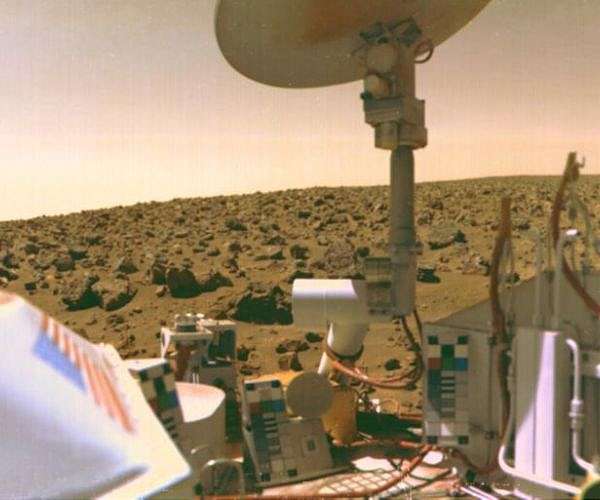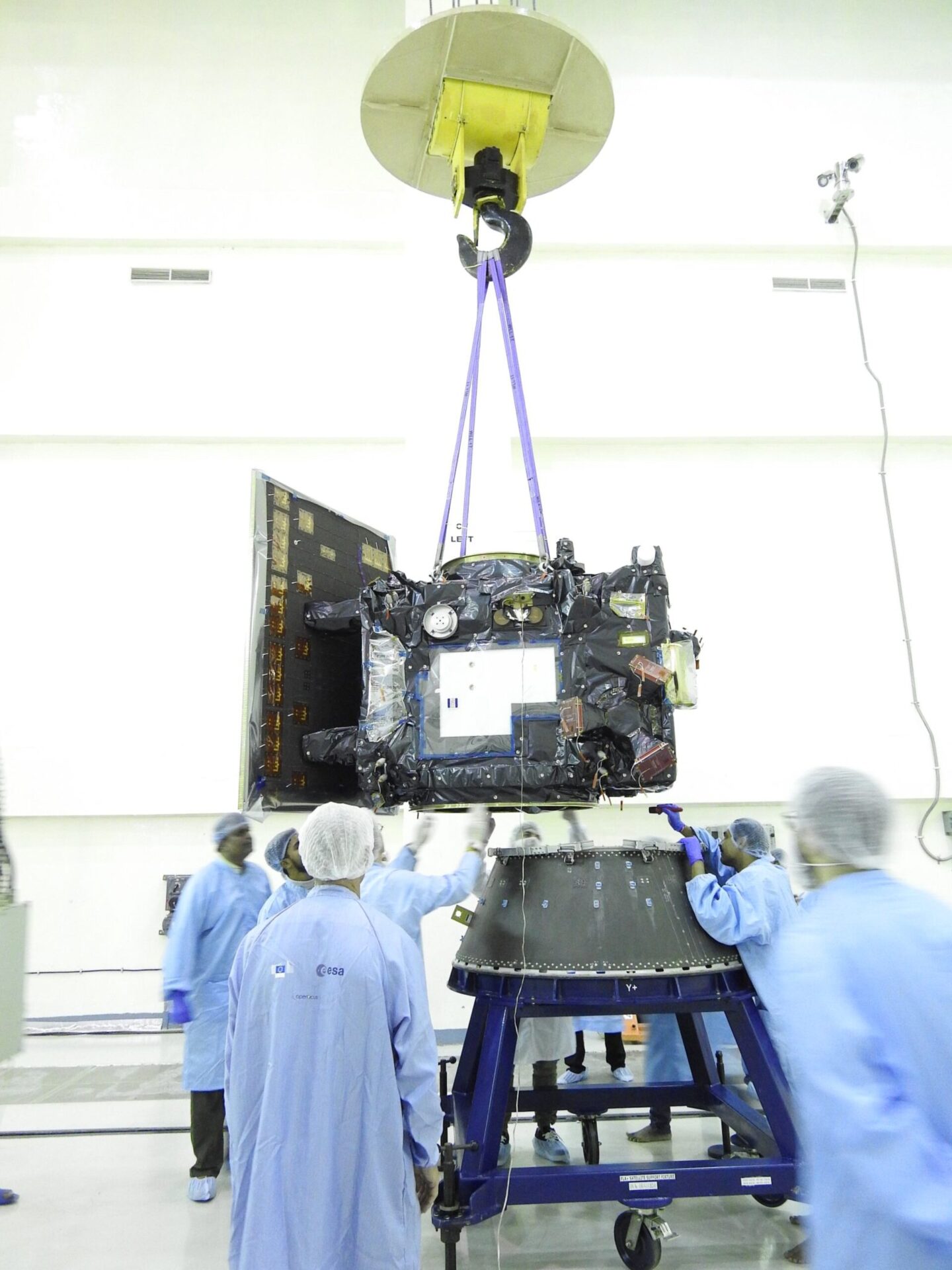*
Have We Been Searching for Life on Mars in the Wrong Way
by Robert Schreiber
Berlin, Germany (SPX) Nov 17, 2024
In a provocative recent article published in Nature, astrobiologist Dirk Schulze-Makuch proposes that the ongoing quest to detect life on Mars may need a complete rethinking. His comment underscores that while NASA’s Viking landers were groundbreaking for their time, the experimental approach taken might have inadvertently hindered the detection of Martian life by using methods unsuitable for its unique environment.
For decades, Mars has enticed scientists with the possibility of hosting life. Initial enthusiasm surged during the Viking missions of 1976, when two landers carried out a series of experiments intended to detect biological activity in Martian soil.
Yet the results were perplexing and ultimately deemed inconclusive. Schulze-Makuch’s analysis suggests that these experiments, designed with Earth-centric assumptions about life’s needs, might have missed key opportunities by overlooking Martian extremophiles – organisms potentially thriving in environments starkly different from any on Earth.
Mars, as Schulze-Makuch recounts, shifted from a wetter climate to the cold, dry planet we see today. Although no place on Earth perfectly mirrors Martian conditions, the hyperarid core of the Atacama Desert and Antarctica’s Dry Valleys provide some parallels. These regions are home to extremophilic microorganisms adapted to survive on minimal moisture. Instead of relying on surface water, these organisms pull minuscule amounts of water from the air using hygroscopic salts like halite and other compounds.
A Fatal Misstep in Viking’s Experiments?
The Viking landers’ experiments – Gas Exchange (GEX), Labeled Release (LR), and Pyrolytic Release (PR) – attempted to activate potential Martian microbes by applying liquid water. Schulze-Makuch points out that this approach could have been fatal for any existing Martian life, which might be highly sensitive to excess water.
Analogous to life in the Atacama Desert, Martian microbes might have evolved to tolerate only trace amounts of moisture. The experiments’ introduction of too much water may have overwhelmed potential Martian organisms, causing them to perish due to osmotic shock.
The Pyrolytic Release experiment, which did not involve adding water, returned results that intriguingly hinted at the possibility of organic synthesis, though interpretations varied. Subsequent discoveries by the Curiosity and Perseverance rovers, as well as Martian meteorites, have supported the presence of organic compounds and reactive chemicals like perchlorates, which could have further confounded the Viking experiments’ findings.
The Case for Salts
Schulze-Makuch proposes that future Mars missions should prioritize the search for life within salts and other hygroscopic compounds, which might harbor microbial communities. Salts such as sodium chloride (NaCl) and calcium chloride (CaCl2) have properties conducive to drawing in atmospheric moisture – a crucial adaptation for any life in Mars’ dry climate.
Frost observations made by the Viking and Phoenix landers hint at times when atmospheric humidity could be sufficient for life forms to harness moisture, albeit briefly. The concept of deliquescence – the absorption of moisture by salts to form liquid brines – presents a new window of exploration, potentially allowing Martian microbes to sustain metabolic activity during brief periods of higher humidity.
Examples from Earth, such as the microorganisms living in the salt crusts of the Atacama and those found in magnesium chloride-rich environments, reinforce the theory that life can survive in extreme conditions with minimal water. These terrestrial analogs bolster the case that Martian life, if it exists, could adapt similarly to utilize hygroscopic compounds.
Next Steps for Martian Exploration
Schulze-Makuch recommends that future Mars missions pivot from the traditional “follow the water” strategy to “follow the salts.” Areas like Eastern Margaritifer Terra and the Southern Highlands, known for their salt-rich geology, should become primary targets for exploration. The focus should be on hygroscopic environments that could harbor organisms capable of surviving in Mars’ harsh conditions.
Nearly half a century after the Viking experiments, with a more nuanced understanding of Mars’ geology and climate, Schulze-Makuch argues it is time to redefine the search for life. Instead of replicating Earth’s conditions, we must embrace what Mars offers and pursue strategies tailored to its reality. The red planet may yet surprise us if we learn to look for life on its own terms.
Research Report:We may be looking for Martian life in the wrong place
Related Links
Astrobiology Group, Centre of Astronomy and Astrophysics
Mars News and Information at MarsDaily.com
Lunar Dreams and more




